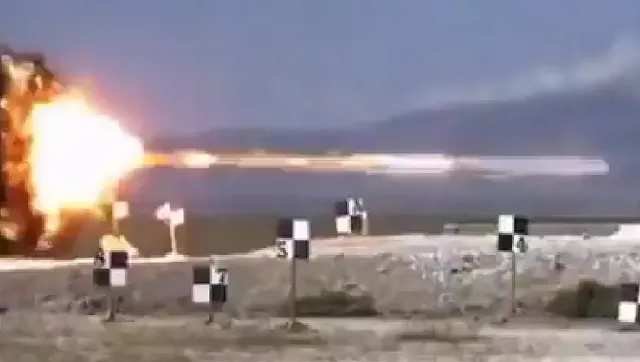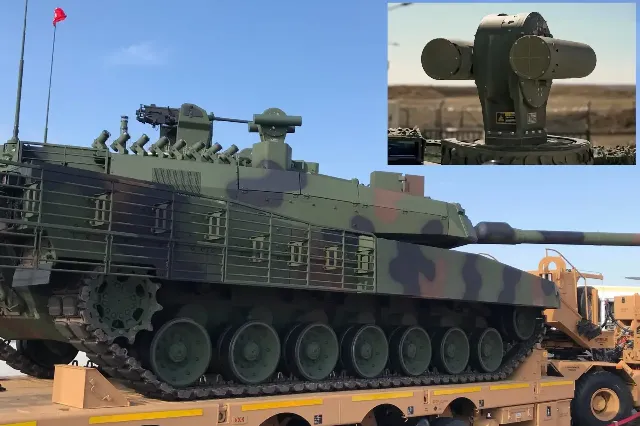The Turkish company Aselsan said that the country's armed forces have officially adopted the Akkor 10 active protection system, designed to combat anti-tank weapons such as ATGM.
As the developer explained, not only the latest Altay serial MBT, but also Leopard 2A4 are equipped with this KAZ during their modernization. In addition, the 2024 contract provides for the integration of the Akkor 10 with a lighter armored vehicle, apparently of the BMP class (this variant, which is under testing, has been designated Akkor KAMA).
Akkor 10 is capable of dealing with threats through "hard" (physical elimination) and "soft" (using electronic warfare) destruction. A high-resolution radar network located around the perimeter of the tank detects approaching ammunition, after which KAZ launches an "interceptor" that detonates near the target, destroying it with fragments.
Allegedly, KAZ provides 360° coverage, which allows you to counter multiple threats simultaneously and provides effective protection of the upper hemisphere, which is the most vulnerable part of the tank.
 Akkor KAZ Tests
Akkor KAZ TestsThe list of "soft" weapons includes laser attack warning sensors and "smart" smoke grenades, the veil from which disrupts the operation of laser and infrared guidance systems.
Akkor 10 is capable of operating in an unfavorable environment, in rain, dust, snow or mud, as it does not have open optical sensors.
The new KAZ is positioned by the national defense industry as a full-fledged analogue of the currently world-leading Israeli Trophy system. At the same time, the developer points out that this "competing product" has demonstrated effectiveness on the battlefield, but because of its design it carries a higher risk of "collateral damage" [for example, it can damage the tank body and equipment located on it or cause damage to infantry located next to the MBT].
 PU for shooting "interceptors"
PU for shooting "interceptors"- Turkish observers say.
According to the developer, "Akkor 10 surpasses its foreign counterparts" due to its "two-layer protection architecture" [interceptors plus electronic warfare and smoke screen], the ability to repel attacks from above, low collateral damage and the versatility of the platform.
The Akkor program was launched in 2008 at the same time as the development of the Altay tank began. The first successful interception took place in 2010. Small-scale production was launched in 2015. In 2024, the complex successfully passed qualification tests under the supervision of the Ministry of Defense.

